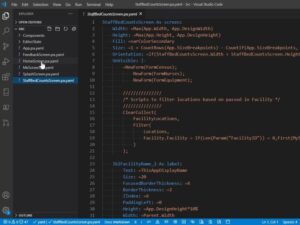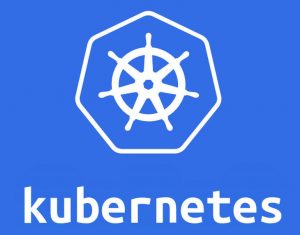Microsoft’s Sarah Novotny and Charles Lamanna talk to TechRepublic about open-source stewardship and empowering developers.

iStock
There was once a time when Microsoft viewed open source as its mortal enemy, with former CEO Steve Ballmer making some particularly pointed remarks about Linux shortly after taking the company reins in 2001.
Fast forward to today, and it’s a very different picture. Microsoft has since open-sourced several of its biggest projects, from .NET Core to PowerShell, and even parts of Windows like WPF and WinForms – while contributing to open-source tools and programming languages with Visual Studio Code and TypeScript, respectively.
SEE: Top 5 programming languages for systems admins to learn (free PDF) (TechRepublic)
“We believe that it is our responsibility to contribute to the open-source community, to be a good steward of open source, and to help move the open-source software industry forward for our customers and partners,” says Sarah Novotny, one of Microsoft’s open-source leads for Azure.
“Open source also allows people to share knowledge and practices about how to operate and run software – that knowledge can be contributed back upstream into projects for the value of others in the community.”
Microsoft’s attitude towards Linux has also shifted considerably. While speculation by some that Microsoft might eventually migrate the Windows interface over to the Linux kernel remains precisely that, there’s no doubt that the company has become far more accepting of – and reliant on – the platform.
Novotny, who also sits on the Board of Directors for The Linux Foundation and previously served as Head of Open Source for Google Cloud, points out that half of the virtual machines (VMs) on Azure currently run on Linux. Meanwhile, Microsoft is also working with open-source vendors like Red Hat, Databricks and Redis to jointly built open solutions on the Azure platform.
“We continue to invest in and support Linux across our portfolio of products and services,” Novotny adds.
“We have Microsoft managed services that run on Linux. And, we have developers who are working upstream within the Linux Kernel community participating and ensuring that what we learn on this open-source journey is shared broadly.”
Supporting developers
With demand for business applications – and, therefore, programmers – at an all-time high, developers are increasingly looking for tools that allow them to build apps faster without taking away the ability to use ‘real’ code when needed.
As such, low-code and no-code tools have enjoyed a surge in popularity in recent months, with the COVID-19 pandemic forcing businesses to divert time and resources away from lengthy development processes and focus on mission-critical operations instead.
Charles Lamanna, corporate vice president of Low Code Application Platform at Microsoft, suggests that appetite for low-code and no-code tools will only continue to accelerate amid the shift to remote working, and the new business challenges that arise as a result.
SEE: TechRepublic Premium editorial calendar: IT policies, checklists, toolkits, and research for download (TechRepublic Premium)
“With widespread remote work and the evolving business environment due to the pandemic, there’s a need for organizations to quickly build solutions and adjust to the new reality,” Lamanna says.
“We have seen many examples or organizations, developers, and citizen developers using low-code to create solutions that enable them to keep business moving amid a rapidly shifting environment.”
To this end, in late July Microsoft announced Project Oakdale (then called Dataflex ), its low-code platform for building and deploying apps and chatbots within Microsoft Teams.
Based on the Microsoft Power Platform, Project Oakdale allows users with minimal or even zero coding experience to build applications with Power Apps and bots with Power Virtual Agent without even having to leave Teams, effectively allowing businesses to address changing businesses needs on-the-fly with custom tools.
At Ignite, Microsoft announced a further set of updates for PowerApps aimed at bridging the gap between low-code and ‘professional’ coding environments, specifically by allowing developers to build low-code tools and integrate them with Azure and GitHub.
“These updates enable low code to extend seamlessly into professional coding environments,” says Lamanna.
He adds: “We’ll continue to offer innovative ways for users to build with Power Platform seamlessly within Teams and on Azure, as we see the appetite for low-code solutions grow among IT, professional developers, and citizen developers.”
Also see
Source of Article



